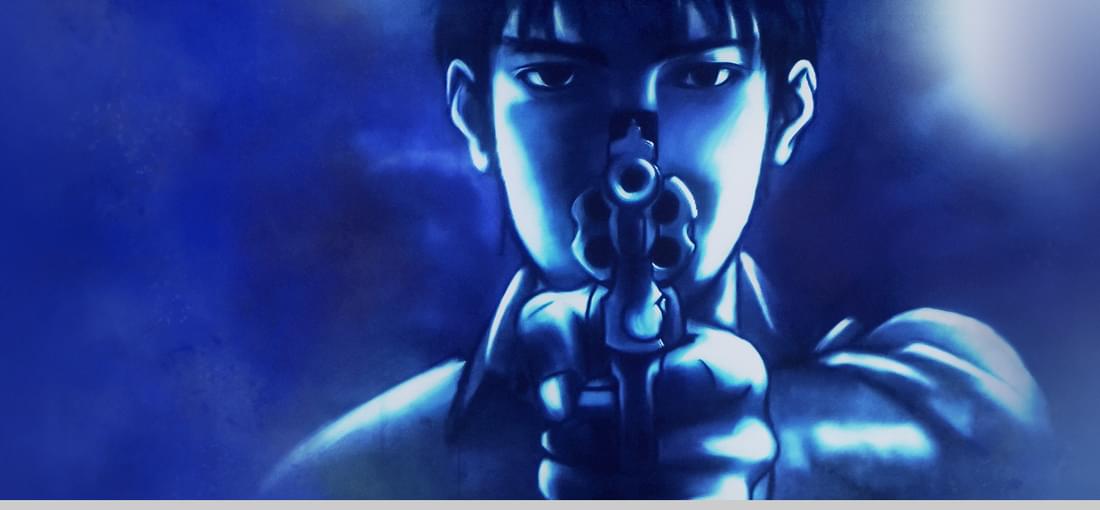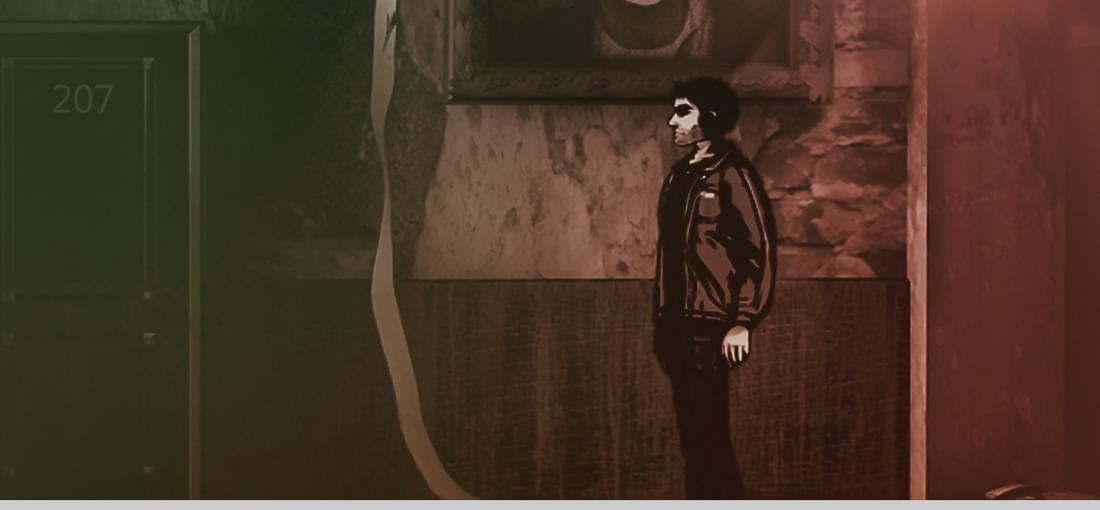


The short version: If you enjoyed Killer7 and Flower, Sun, and Rain, you will almost certainly enjoy The Silver Case. If you didn’t enjoy K7 and FSR, you won’t enjoy TSC. If you haven’t played K7 and FSR, then your enjoyment of TSC will depend on what you look for in games: a fun time or a thought-provoking experience. TSC’s story is well-written, but extremely slow-paced and difficult to understand. It’s challenging, dreamlike (it delights in confounding you at every turn), and runs the tonal gamut from terrifying to hilarious. The art and music perfectly complement the writing. TSC, like K7 and FSR, is a powerful testament to how writing and aesthetics can come together to become something exponentially more engaging than the sum of their parts. The gameplay is very minimal, only making up about 5% of the experience—just some light puzzle solving and exploration that rarely gets in the way. The more gameplay-heavy segments are frustrating and repetitive, but they’re over quickly. There was a time when Grasshopper Manufacture was my favorite developer. While I haven’t loved their post-No More Heroes output, TSC has been a great reminder of why I fell in love with them. It isn’t very “fun” as a game, but it’s an imaginative, intelligent, inspiring, unique experience—all exactly what I was looking for.
The short version: If you enjoyed Killer7 and Flower, Sun, and Rain, you will almost certainly enjoy The Silver Case. If you didn’t enjoy K7 and FSR, you won’t enjoy TSC. If you haven’t played K7 and FSR, then your enjoyment of TSC will depend on what you look for in games: a fun time or a thought-provoking experience. TSC’s story is well-written, but extremely slow-paced and difficult to understand. It’s challenging, dreamlike (it delights in confounding you at every turn), and runs the tonal gamut from terrifying to hilarious. The art and music perfectly complement the writing. TSC, like K7 and FSR, is a powerful testament to how writing and aesthetics can come together to become something exponentially more engaging than the sum of their parts. The gameplay is very minimal, only making up about 5% of the experience—just some light puzzle solving and exploration that rarely gets in the way. The more gameplay-heavy segments are frustrating and repetitive, but they’re over quickly. There was a time when Grasshopper Manufacture was my favorite developer. While I haven’t loved their post-No More Heroes output, TSC has been a great reminder of why I fell in love with them. It isn’t very “fun” as a game, but it’s an imaginative, intelligent, inspiring, unique experience—all exactly what I was looking for. Regarding the deluxe edition’s extras, the comic is a fun read, and the soundtrack is beautiful (although I do wish it included more tracks).

I played the original version of Downfall a few years ago after playing the writer/director’s The Cat Lady. Even then, I thought Downfall contrasted beautifully with the other work. Although both have similar aesthetics, one is a tale of hope, while the other is a tale of utter despair (though it does have sweet and lighthearted moments). The redone version of Downfall retains that contrast and aesthetic while adding in the unique gameplay that made The Cat Lady such a smooth, intuitive experience. While there are a few story elements from the original Downfall that I missed in this updated version, the differences between the two Downfalls just mean that both are worth playing. While I found The Cat Lady more enjoyable overall due to the nature of its story (I’ll leave you to figure out whether it was the one full of hope or the one full of despair!), I’m very glad to have played Downfall and even more glad that this story has now be told with more polished gameplay.